Need to know if there is radiant cooling like the radiant heating
Sandra Kelly
7 years ago
Featured Answer
Comments (17)
Related Professionals
Garden Acres Interior Designers & Decorators · Panama City Beach Architects & Building Designers · Rocky Point Architects & Building Designers · New Castle Kitchen & Bathroom Designers · North Bergen Furniture & Accessories · Aliso Viejo Furniture & Accessories · Catonsville General Contractors · Flint General Contractors · Jacksonville General Contractors · Norwell General Contractors · Parma General Contractors · Rohnert Park General Contractors · Roseburg General Contractors · Saint George General Contractors · Valley Stream General ContractorsJudyG Designs
7 years agolast modified: 7 years agoluvourhome
7 years agoluvourhome
7 years agogtcircus
7 years agoHome Reborn
7 years agoSolar Texas
7 years agolast modified: 7 years agoluvourhome
7 years agoluvourhome
7 years agolast modified: 7 years agoWarmboard Radiant
7 years agoacm
7 years agoluvourhome
7 years agor_s_c
3 years ago
Related Stories

FLOORSIs Radiant Heating or Cooling Right for You?
Questions to ask before you go for one of these temperature systems in your floors or walls (yes, walls)
Full Story
GREAT HOME PROJECTSHow to Add a Radiant Heat System
Enjoy comfy, consistent temperatures and maybe even energy savings with hydronic heating and cooling
Full Story
FLOORSFloors Warm Up to Radiant Heat
Toasty toes and money saved are just two benefits of radiant heat under your concrete, wood or tile floors
Full Story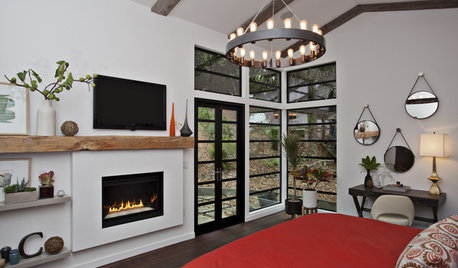
BEDROOMS8 Fireplace Designs for a Radiant Master Bedroom
Sleeping quarters get glowing with fireplaces from subtle to splendorous, creating a most luxurious air of comfort
Full Story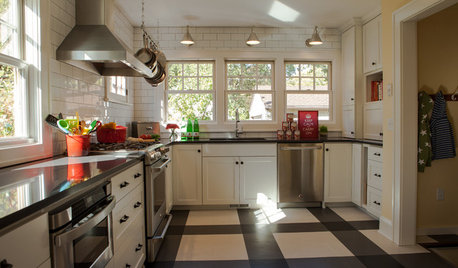
KITCHEN DESIGNKitchen of the Week: Drab and Dysfunctional to Radiant in Minnesota
Clunky storage and lackluster floors get nixed in favor of open shelves, plaid vinyl and an effective kitchen work triangle
Full Story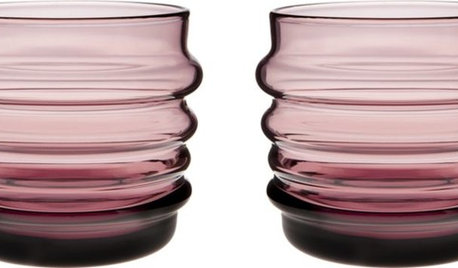
PRODUCT PICKSGuest Picks: Raise a Glass to Radiant Orchid
Celebrate the new year with barware and glasses done up in hues akin to Pantone's 2014 Color of the Year
Full Story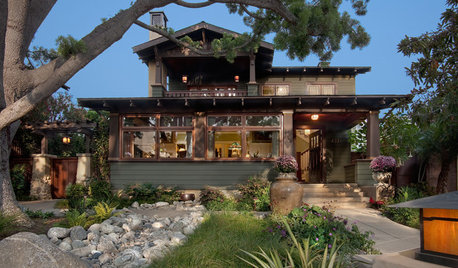
CRAFTSMAN DESIGNHouzz Tour: Radiant Restoration of a 1910 Arts and Crafts Bungalow
A single-story bungalow in San Diego gets a second floor and so much more
Full Story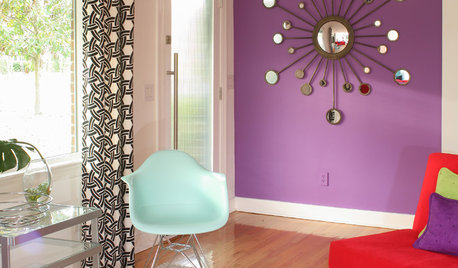
COLORBest Ways to Use Radiant Orchid, Pantone's Color of 2014
Learn how to work in this bold fuchsia-pink-purple successfully around the home, and give it a yay or nay in the Houzz poll
Full Story
FLOORSWhat to Ask When Considering Heated Floors
These questions can help you decide if radiant floor heating is right for you — and what your options are
Full Story
HOUZZ TOURSHouzz Tour: Innovative Home, Heated and Cooled by Design
Meet the Hudson Passive Project, one of the most energy-efficient home designs in the world
Full Story






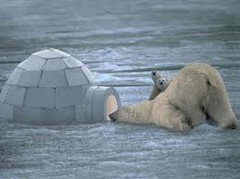
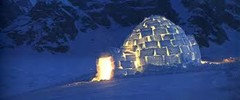




Carol Johnson